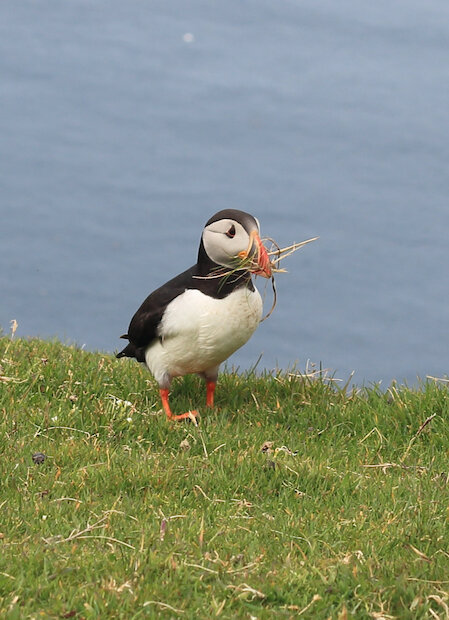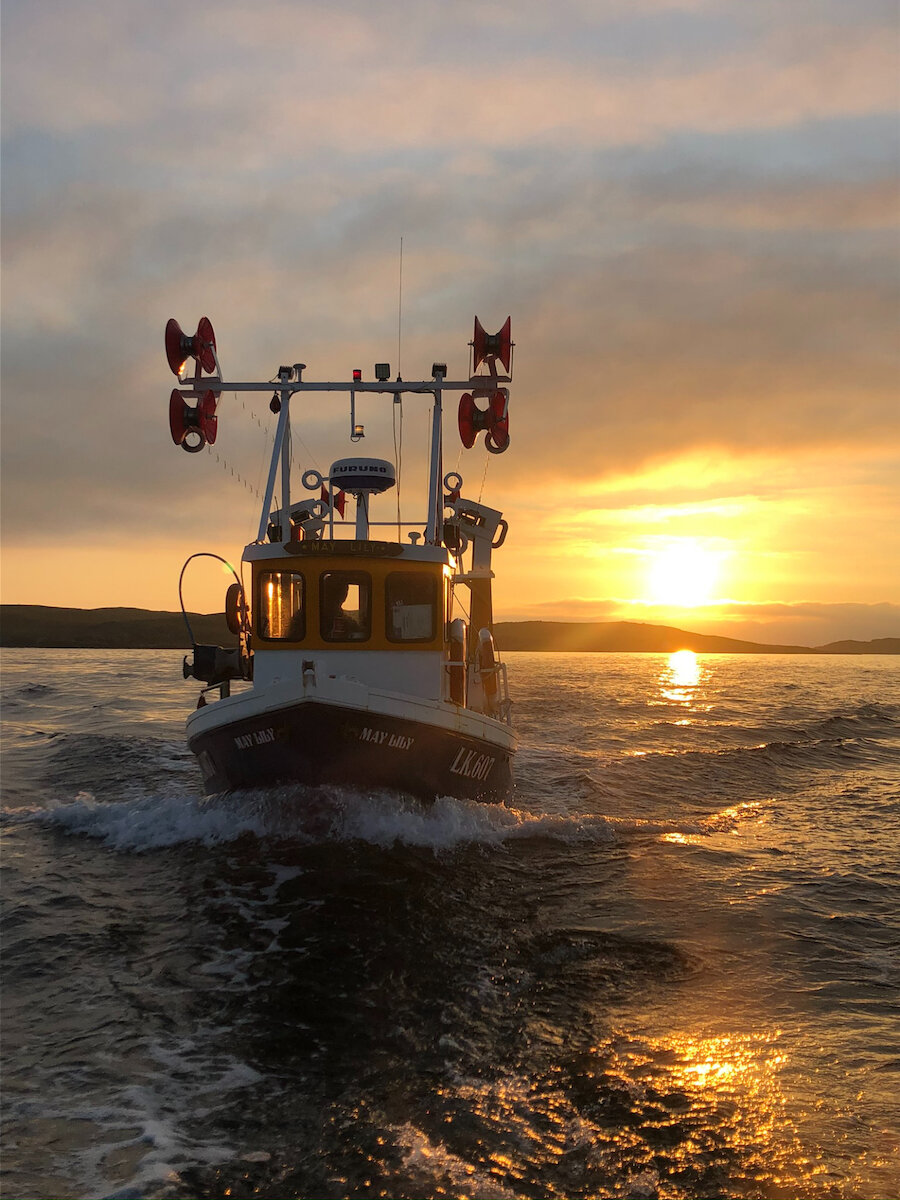1. The wildflowers
Shetland is an excellent place to see wildflowers, and June’s blooms are putting on their best show as roadsides, ditches, and meadows become a riot of vibrant colours.
Much of the reason why Shetland is so flower-rich lies in the rocks beneath our feet and the unique geology that makes up the islands. Geologically complicated, Shetland’s landscape varies hugely from place to place, with each area hosting a unique environment for the plants that grow. Sites such as the Keen of Hamar and Ronas Hill boast plants so rare or endemic, in the case of the Keen of Hamar, that they can only be found in a few places across the globe.
But for me, June is about the blazes of hot pinks, vibrant yellows and soft whites that provide a cornucopia of colour at this time of year.
Poet Vagaland sums up Shetland’s wildflowers beautifully in verse:
My gairden rins for seventy miles
Fae Soombra Head ta Skaw;
Der no a brig fae isle ta isle,
Der no a gairden-waa.
Bit aa da wye fae Sooth ta Nort,
Fae Aest ta Wast fir miles
Ye’ll fin da wild flooers growin ta mak
A gairdin o da Isles.
My favourites are the thrift, red campion, orchids, cotton grass, marsh marigolds and squill – and it’s these that are bringing a vibrant and colourful palette to the landscape after a dormant winter.





